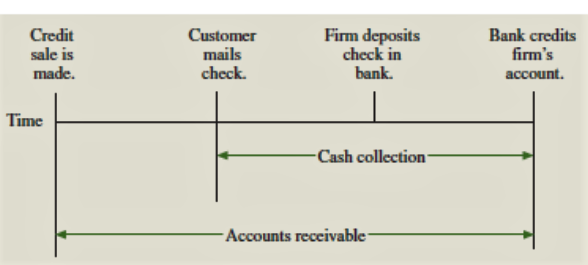Shareholder Value Creation: EVA and MVA Approach
Economic value added
Economic value added (EVA) is a measure of a company’s financial performance based on the residual wealth calculated by deducting its cost of capital from its operating profit, adjusted for taxes on a cash basis. EVA can also be referred to as economic profit, as it attempts to capture the true economic profit of a company.
As part of fundamental analysis, economic value added is an estimate of a firm’s economic profit, or the value created in excess of the required return of the company’s shareholders. EVA is the net profit less the capital charge for raising the firm’s capital. The idea is that value is created when the return on the firm’s economic capital employed exceeds the cost of that capital. This amount can be determined by making adjustments to GAAP accounting. There are potentially over 160 adjustments but in practice only several key ones are made, depending on the company and its industry.
EVA is the incremental difference in the rate of return (RoR) over a company’s cost of capital. Essentially, it is used to measure the value a company generates from funds invested in it. If a company’s EVA is negative, it means the company is not generating value from the funds invested into the business. Conversely, a positive EVA shows a company is producing value from the funds invested in it.
The formula for calculating EVA is:
EVA = NOPAT – (Invested Capital * WACC)
Where:
NOPAT = Net operating profit after taxes
Invested capital = Debt + capital leases + shareholders’ equity
WACC = Weighted average cost of capital
Total Market Value = Initial capital invested + Market value added
Market value added
Market value added (MVA) is the amount of wealth that a company is able to create for its stakeholders since its foundation. In simple terms, it’s the difference between the current market value of the company’s stock and the initial capital that was invested in the company by both bondholders and stockholders.
The market value added concept derives the difference between the market value of a business and the cost of the capital invested in it. When market value is less than the cost of invested capital, this implies that management has not done a good job of creating value with the equity made available to it by investors. Conversely, when market value is greater than the cost of invested capital, it indicates that company operations are well run.
Market value added (MVA) is the difference between the current market value of a firm and the capital contributed by investors. If MVA is positive, the firm has added value. If it is negative, the firm has destroyed value. The amount of value added needs to be greater so than the firm’s investors could have achieved investing in the market portfolio, adjusted for the leverage (beta coefficient) of the firm relative to the market.
Market value added (MVA) is a calculation that shows the difference between the market value of a company and the capital contributed by all investors, both bondholders and shareholders. In other words, it is the market value of debt and equity minus all capital claims held against the company. It is calculated as:
MVA = V – K
Where:
MVA is market value added
V is the market value of the firm, including the value of the firm’s equity and debt
K is the capital invested in the firm
MVA is closely related to the concept of economic value added (EVA), representing the net present value (NPV) of a series of EVA values.

